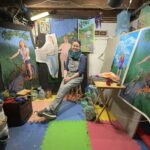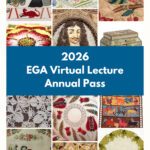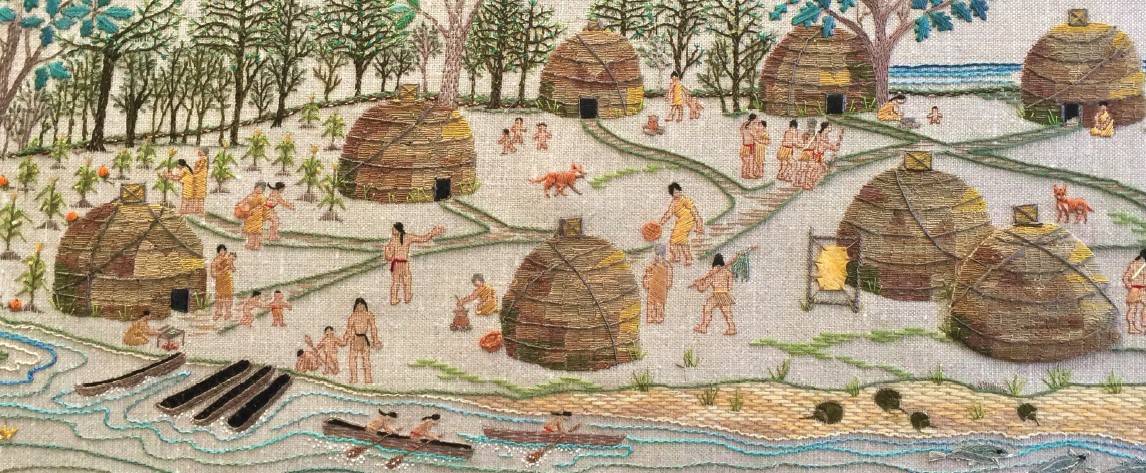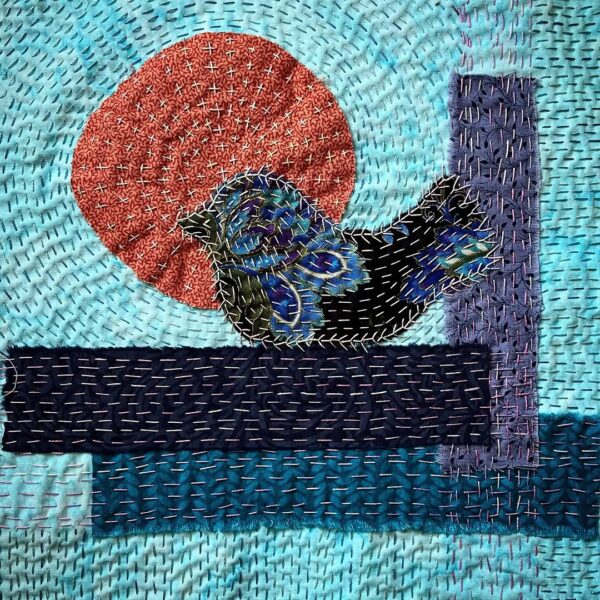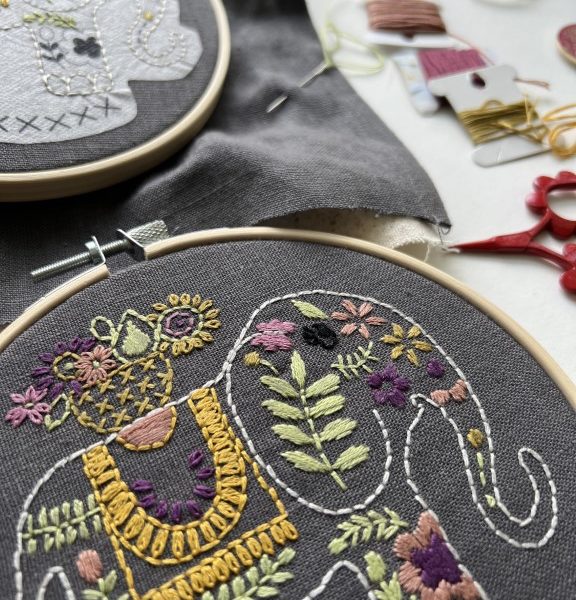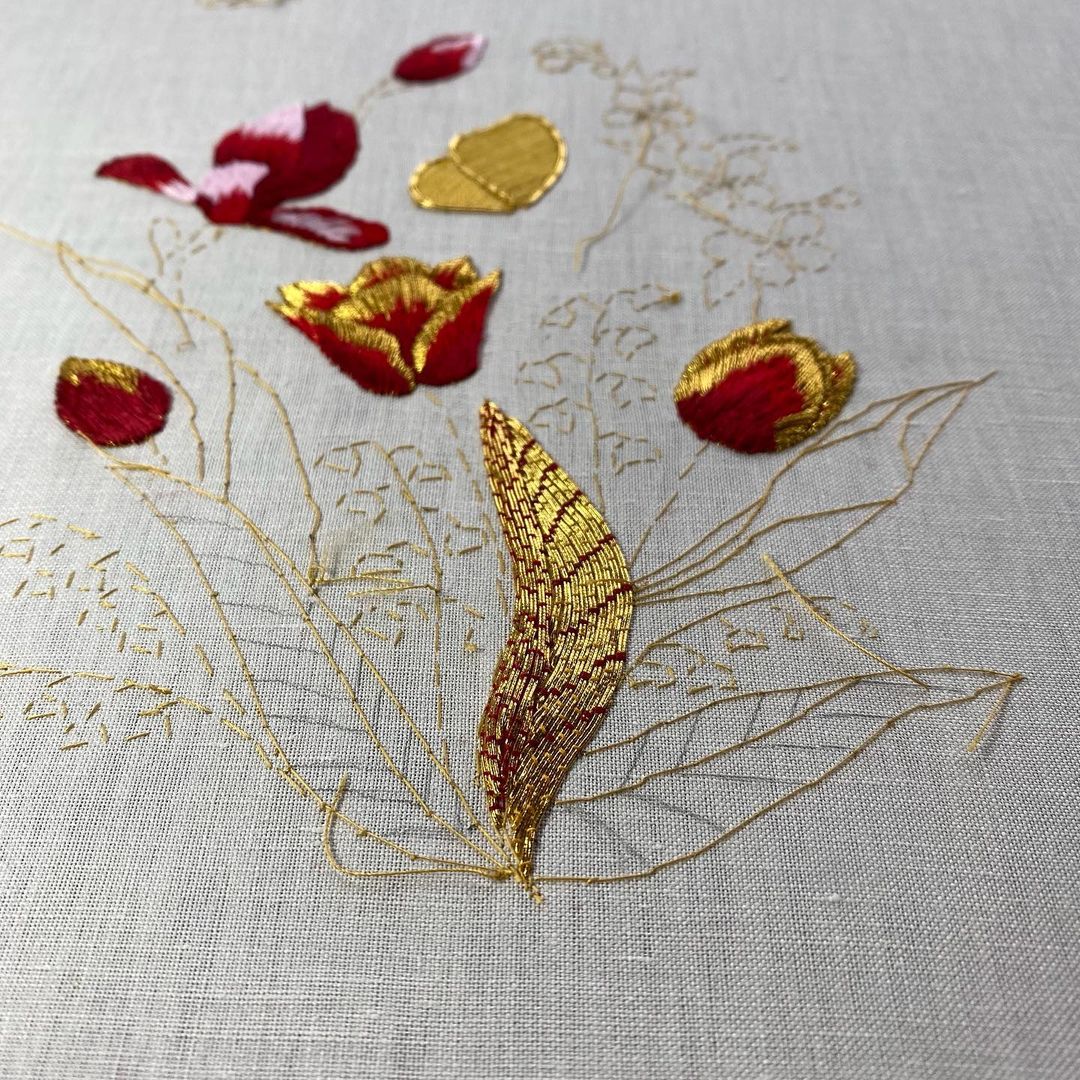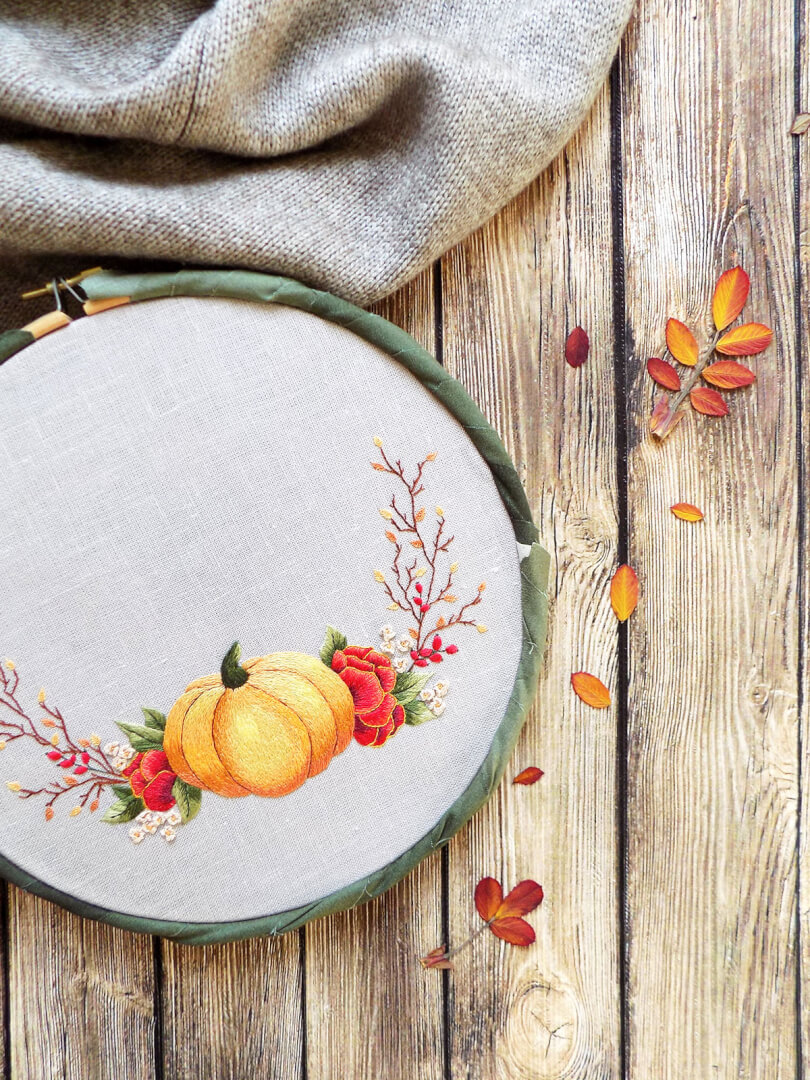
Our next virtual lecture is Animals in the Bayeux Tapestry with Gale Owen-Crocker and registration is open through September 12, 2025.
More about this lecture: Created in the eleventh century, the Bayeux Tapestry, at over 223 feet long, is the largest non-architectural artefact surviving from the Middle Ages. An embroidered narrative hanging, it tells a story of rivalry and conflict, culminating in the conquest of England by the Normans in 1066.
There are 762 embroidered animals in the frieze. The upper and lower borders teem with mammals, birds and fantasy creatures, usually in pairs but sometimes as singletons, as illustrations of fables and as actors in scenes that might or might not be fables. The medium of embroidery gives them all an individuality and liveliness that are not found in mechanically woven textiles. The main, central register includes animals essential to medieval aristocratic life: hawks, hounds, and above all, horses. There is remarkable, clearly deliberate, variation in the positions of the horses and in the colours of animal and tack, so that no two are embroidered exactly alike. The horses are also semiotic however, giving signals to the viewer about the human protagonists in the narrative, indicating, at various points, aggressive masculinity, subjection and foolish effeminacy.
The official on-line version of the Bayeux Tapestry can be found here.
